Greek Pizza on the Grill
Fire up the grill and get ready for this Greek-inspired pizza! Topped with briny olives, feta, zucchini ribbons, tomatoes, and fresh herbs, it’s everything that’s wonderful about summer.
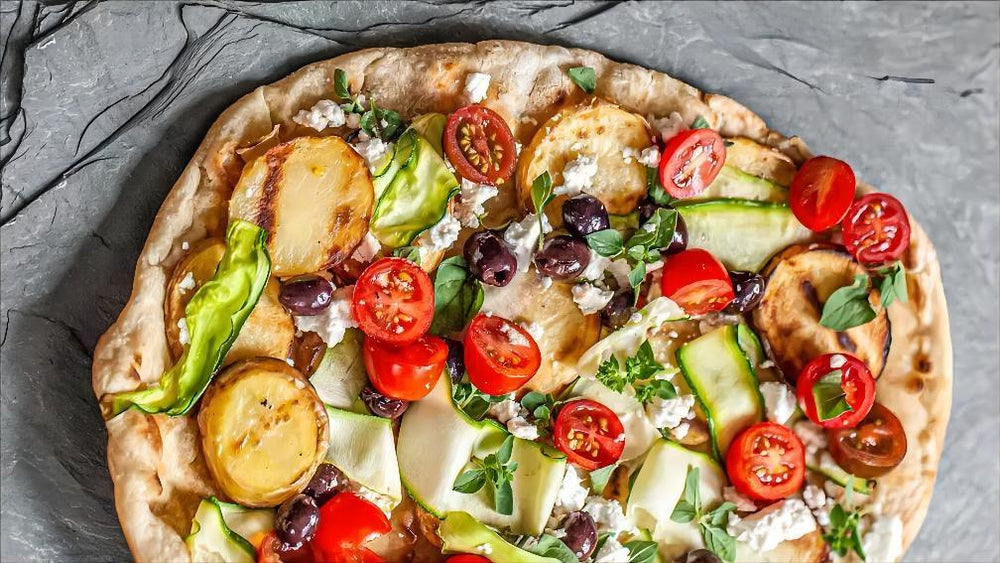
Grilled pizza is one of the summer's greatest pleasures. The crust becomes so crisp that you can hear it crunching with each mouthful; this is an exceptional characteristic that is rarely found in oven-baked or store-bought pizza.
Almost anything may be used to top a grilled pizza, but today we are thinking Greek and vegetarian when we created this dish, so we started with feta, olives, and fresh oregano.
I appreciate how pizza combines raw and cooked components. I wanted to add something green, and zucchini, which cooks in a millisecond when cut thinly with a peeler, was the perfect choice. I placed fresh cherry tomato halves and mint leaves atop the heated pizza right before serving.
Olive oil drizzled over the pizza is the last touch.
The Best Dough for Grilled Pizza
This pizza can be made using store-bought dough, but you can also make your own with this recipe for Easy No-Knead Dough. Try this No-Knead Whole Wheat Pizza Dough if you like whole wheat dough.
The no-knead dough is quite moist, so it is loose and little sticky. To make it easier to handle on the grill, knead in an additional 2 to 3 tablespoons of flour so that it retains its shape better and is less sticky.
The recipe for no-knead dough yields more than enough for two pizzas, but you can keep the remaining dough in the refrigerator for up to three days or in the freezer for up to three months.
To freeze leftover handmade pizza dough, brush it with oil and place it in a freezer-safe bag or container. Or, for the best results, roll it out and set it on a parchment-lined baking sheet. Once it has frozen, throw it in a large freezer bag and store it in the freezer until you want to make a quick pizza.

Tips and Tricks for Topping Grilled Pizza
Regardless of the pizza toppings you choose, remember that less is always better than more.
- An oversupply of sauces and toppings is detrimental to pizza, particularly grilled pizza.
- Reduce the amount of sauce so that the crust does not become soggy.
- Before beginning to grill the pizza, have all toppings prepared and placed on a baking sheet.
- Precook robust components such as potatoes, eggplant, or peppers; the pizza only cooks for a few minutes, which is insufficient time for these vegetables to become tender.
Swaps and Substitutions for Greek Pizza
Use any type of olives you prefer; just make sure they are pitted! I prefer little Nicoise olives on this pizza. Kalamata olives are also good here.
The Cheese: I chose feta, but there are many other alternatives, including Parmesan shards, shredded cheddar, Fontina slices, and fresh mozzarella, to name a few.
On this pizza, the fresh oregano really stood out to me. It has a grassy, earthy, astringent, and pungent aroma. My customary herbs of choice would have been basil or rosemary, which are both acceptable, but I relished the opportunity to utilize oregano leaves.

How to Grill Pizza
Currently, I have a gas grill, but I have also used a charcoal barbecue. Both are good. Temperatures fluctuate significantly depending on the type of grill, so you must rely on visual clues.
Transferring the Dough
Let's get honest here. The most challenging aspect of grilling pizza is transferring the dough to the grill. At least two choices exist. Begin by dividing the dough in half to create two pizzas. Two little pizzas are considerably more manageable than one large pizza.
First, a cornmeal-dusted peel is used to transfer the pizza on the grill. If using a peel, oil only the top of the dough so that the bottom can easily slide off the cornmeal-dusted peel.
The second way is to grease both sides of the dough and the grill grates. Place your hands, palms down, below the dough to provide stability. With the dough resting on your knuckles, you should have sufficient control to place the farthest edge of the dough on the rear of the grill grates. This stabilizes the dough. Quickly bring your hands toward you so that the pizza lands level and in one piece. This is an excellent substitute if you do not have a pizza peel. Take care to avoid touching the grill grates!
The Best Temperature for Grilled Pizza
All grills are not made equal! Temperatures may fluctuate. You must be watchful and focus more on the visual clues of the pizza crust than the actual timing. Fortunately, however, this is not rocket science; it's dinner.
Bring the grill to to 400 degrees Fahrenheit.- First, prepare the potatoes over direct fire and set them aside.
- With the grill preheated to 400 degrees Fahrenheit, set the dough directly on the grates and cook until air pockets form and the bottom has light brown grill marks. Since this is the bottom of the pizza and will be recooked with the toppings, it should not be overcooked.
- Flip the dough and broil the second side for a few minutes, until it is gently browned. Take it off the grill.
- Flip the dough once more, add the toppings, place the pizza back on the grill, and cook with the lid on for approximately five minutes, or until the toppings are heated through.

Greek Pizza on the Grill
Ingredients
1 pound pizza dough, homemade or store-bought
2 to 3 tablespoons all-purpose flour, as needed
1/3 cup olive oil, divided, plus more as needed
3 (1 1/4 pounds) Yukon Gold potatoes, cut into 1/4-inch-thick rounds
Vegetable oil, or the grill grates
1 teaspoon kosher salt, plus more to taste
1/2 cup pitted Kalamata or Nicoise olives
3 ounces feta, crumbled
1 (8-ounce) medium zucchini, sliced into ribbons with a vegetable peeler
1/2 teaspoon freshly ground black pepper
1 pint cherry tomatoes, halved
Leaves from 2 sprigs fresh oregano, basil, or rosemary


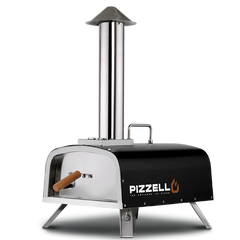
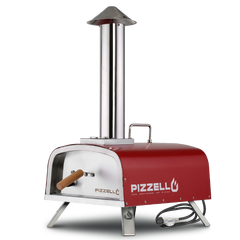
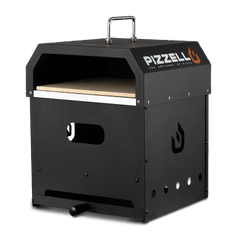
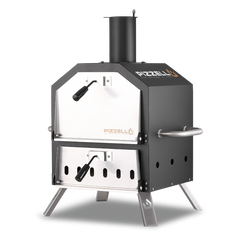



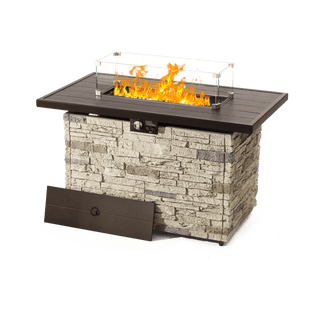
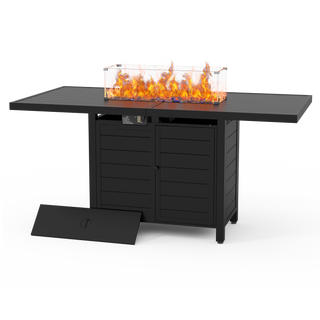
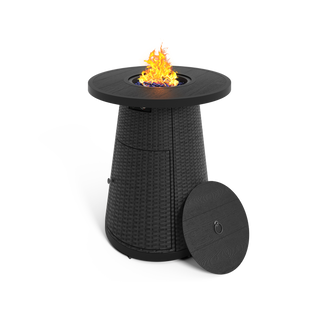

 Aluminum Dining Table
Aluminum Dining Table
 WPC Dining Table
WPC Dining Table
 Cart
Cart
 Gas Burner
Gas Burner
 Pizza Oven Door
Pizza Oven Door
 Hat
Hat
 Apron
Apron
 Swivel Rocker Set
Swivel Rocker Set
 Textilene Chairs
Textilene Chairs
 HDPE Chairs
HDPE Chairs
 Wicker Counter Height Barstools
Wicker Counter Height Barstools
 Metal Counter Height Barstools
Metal Counter Height Barstools
 Wind Guard
Wind Guard


























